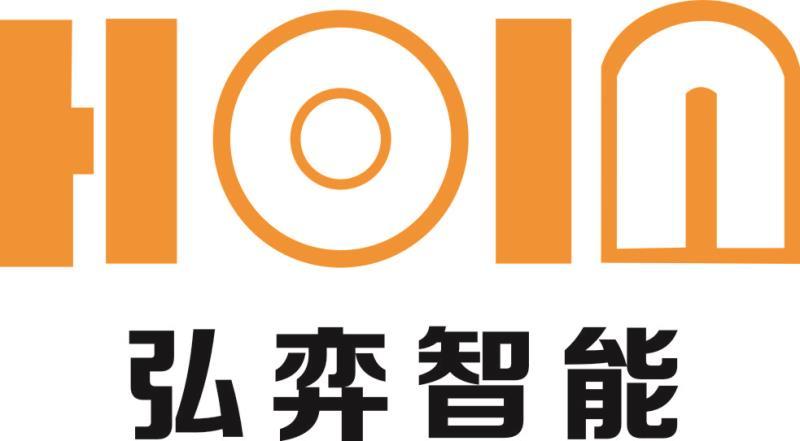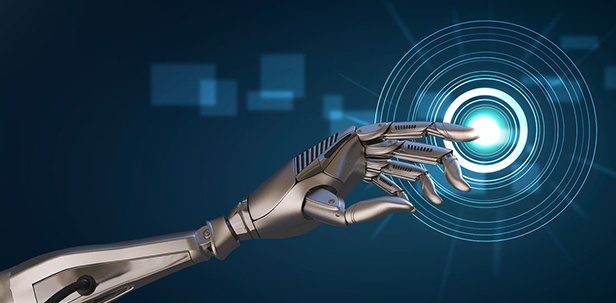13
2020
-
03
Future development trend of servo motor industry
Modern AC servo systems have undergone changes from imitation to digitization, and their internal digital control loops are now ubiquitous, such as commutation, current, speed, and azimuth control; Its completion is mainly achieved through new power semiconductor devices, such as high-power DSP and FPGA, and even servo specialized modules. And new power devices or modules are updated every 2-2.5 years, new software algorithms are also constantly changing, and servo products from international manufacturers are also updated every 5 years - in summary, the product lifecycle is getting shorter and the changes are getting faster. Summarizing the technical and product paths of domestic and foreign servo manufacturers, as well as the changes in the needs of shopping malls, we can see the latest trends in the development of servo motor systems as follows:
Efficient
Although efficiency has always been the primary open topic for servo systems, there is still a need to continue to strengthen it. Firstly, it includes the high efficiency of the motor itself, such as the improvement of the function of permanent magnet materials and a very good plan for the structure of magnet equipment; It also includes the high-efficiency of the drive system, including the optimization of the inverter drive circuit, the optimization of acceleration and deceleration motion, regenerative braking and energy response, as well as excellent cooling methods.
Direct drive
Direct drive includes using a rotary table servo drive with a disc motor and a linear servo drive with a linear motor. Due to the elimination of transmission errors in the base mechanical transmission equipment, high-speed and high positioning accuracy are achieved. The simple modification of the shape characteristics of linear motors can make various devices using linear linear linear organization miniaturized and lightweight.
High speed, high precision, and high functionality
By selecting higher precision encoders, DSP with higher sampling accuracy and data bits, and faster speed, as well as high-power rotary motors and linear motors without slotting effects, as well as various modern control strategies such as self-learning and artificial intelligence, we continuously improve the basic principles of servo systems.
Integration and integration
The vertical integration of electric motors, feedback, control, drive, and communication became an open direction for low-power servo systems at that time. Sometimes we refer to this type of motor that integrates drive and communication as an intelligent motor, and sometimes we refer to a driver that integrates motion control and communication as an intelligent servo driver. The integration of motors, drives, and controls brings them closer together from planning, manufacturing, operation, and maintenance. However, this method faces greater technological challenges and the challenge of engineers' usage habits, making it difficult to become a mainstream and a small characteristic part in all servo shopping malls.
Generalization
The universal drive is equipped with many parameters and rich menu functions, making it easy for users to set up five operation methods without changing the hardware configuration, including V/F control, speed sensorless open loop vector control, closed-loop flux vector control, permanent magnet brushless AC servo motor control, and regeneration unit. It is suitable for various occasions and can drive different types of motors, such as asynchronous motors Permanent magnet synchronous motors, brushless DC motors, stepper motors, and even non directional sensors can be used with different sensor types. A semi closed loop control system can be formed using the feedback provided by the motor itself, or a high-precision full closed loop control system can be formed through interfaces with external orientation, speed, or torque sensors.
Intelligence
Modern AC servo drives all have the functions of parameter recall, fault self diagnosis, and analysis. The vast majority of drives have the functions of load inertia measurement and automatic gain adjustment. Some can automatically identify the parameters of the motor, automatically measure the encoder zero position, while others can automatically suppress vibration. Linking control functions such as electronic gears, electronic cams, synchronous tracking, and interpolation motion with the drive provides a very convenient solution for servo users.
相關新聞
The start and stop of the servo controller are controlled through the "switch" of Fuji PLC. The start or stop of the servo controller is to start and stop the servo motor, and the control accuracy of the servo controller is higher than that of the frequency converter
2020-03-13
Servo motor: 6 key parameters for servo driver selection
A servo system is a feedback control system used to accurately follow or reproduce a process. A servo system is an automatic control system that allows the output controlled variables of an object's position, orientation, state, etc. to follow any changes in the input target (or given value). Its main task is to follow the requirements of control commands
2020-03-13



